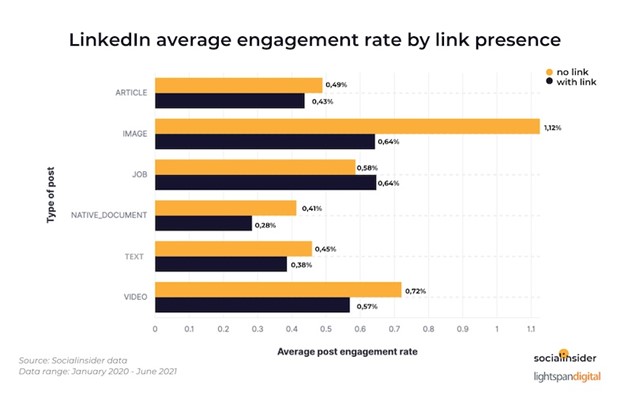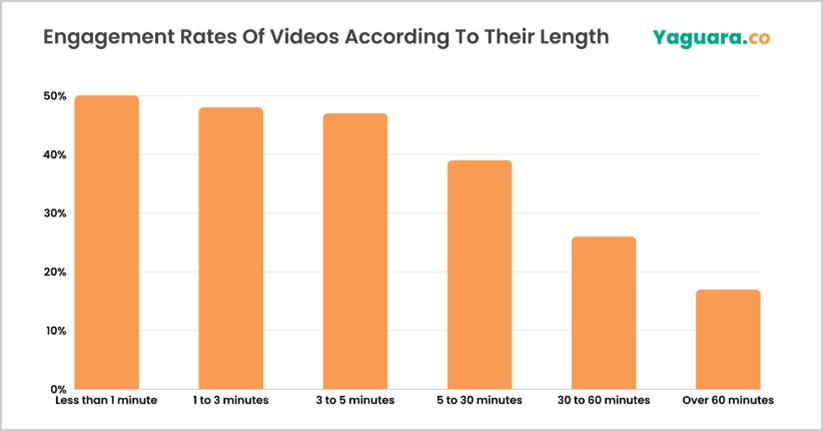Michael Calia - 05/30/2025
As the social media landscape has evolved, platforms increasingly rely on algorithms over follower counts, making engagement a greater priority. Read more to get updated on the latest trends driving the algorithm and brand performance.
Whereas follower growth had long been a commonly used key performance indicator (KPI) in social media marketing, it’s taken a backseat in recent years. Platforms now favor algorithms over followers. Especially with the explosion of short-form video platforms – think TikTok, Instagram Reels, and YouTube Shorts – social media users are increasingly likely to be served with content from creators they don’t follow. This places greater emphasis on the content itself over the follower counts, further reinforcing the idea that any post can go viral regardless of how many people follow the page that created.
Just think of your own feed. As you’re scrolling by, how many posts are from people and pages you’ve never actually heard of but align with some of the things you’ve liked or interacted with in the past? In years past, you were more likely to only see content from pages that you actually follow, leading marketers to believe that by getting new people to follow their pages, they can improve organic post performance. Now, performance is based mostly on engagement, leading brands to focus on generating interactions to boost reach.
Look to Engage without Links
A few years ago, I wrote another blog post about the importance of maximizing social media engagement. While this was mainly focused the benefit of spurring interaction and driving meaningful conversations among your target audience, the concept grows even more important as platforms shift more toward algorithms instead of relying on follower counts. Generating more engagement will help your posts appear in more feeds of those who don’t already follow your pages, boosting performance from a potentially untapped audience with a demonstrated interest in similar content.

Most types of LinkedIn posts generate more engagement when links aren’t present. Source: Social Insider & Lightspan Digital
In the most basic sense, increasing engagement involves following the best practices when it comes to organic social media. This could include utilizing short videos or captivating images, writing concise copy that attracts attention and clearly demonstrates the content’s value, and encouraging and responding to comments as they come in. Recent data suggests posts without outbound links can result in more overall interactions, as evidenced by LinkedIn posts that don’t include external links generating up to six times more engagement than posts with links. The thought here is that platforms will prioritize content that keeps users on the platforms themselves rather than sending them to other websites. In many cases, driving web traffic is a key objective of your social media marketing campaigns, so rather than just stop using links altogether, incorporate more link-less content to reap the benefits.
Capitalize on Growing Trends and New Features
Any successful social media marketing strategy involves actively listening to your audience and the landscape as a whole to identify trending topics. B2B and B2C approaches should follow this guideline to appear more topical and provide relevant information to growing conversations. But when trying to appear more favorably to social media algorithms, the strategy goes beyond just social listening.
If you’ve scrolled through a feed on any platform, you’ll notice new features constantly being implemented. From YouTube jumping on the short-form video train, or stories and highlights, to interactive LinkedIn polls and shoppable Facebook and Instagram posts, today’s social platforms are often looking for innovative ways to encourage users to spend more time on their apps and interact with more content. Now, there are some behavior-based explanations that can cause increased interest in these content forms.

Engagement rates fall as videos get longer. Source: Yaguara.co
For example, since 79% of US consumers prefer to watch videos on their smartphones, this could play a role in short-form video delivering the highest return on investment (ROI) compared to other marketing trends. But more value comes from the fact that the platforms themselves want to increase attention to their new features, so there’s a reason they’d want to push content that utilizes them. Be willing to change up your strategy based on new features being launched. By sticking with the most basic forms of content, you could severely limit your overall social media marketing strategy.
Prioritize Quality Over Quantity
In years past, marketers would recommend posting regularly to avoid having pages appear dead. The logic lay in the idea that people follow pages because they want to hear from them, so failing to post often can lose interest. However, with algorithms playing a bigger role in individual feeds, posting too frequently can have an opposite effect.
Engagement rate is an important metric to use when assessing a particular post’s strength. If something gets seen by a lot of people but fails to generate any meaningful interactions, the algorithms won’t be as likely to push that post to more people. Similarly, a page with lots of followers that don’t regularly interact with content can create issues for future post performance. But if a higher percentage of impressions result in engagement, the post is likely to appear in more feeds of those with similar interests, thus helping expand the reach to a relevant audience. Because of this, it’s important to carefully plan your posts to ensure that they’re working toward the goal of generating engagement of some kind. If you’re only going to post something to stay on a schedule, it’s probably a good idea to hold off.
With this in mind, don’t be afraid to get creative with some content. This creates an opportunity to test different post types, imagery, and language to see what resonates best. Rather than just promoting products or services with every post, consider showing a little behind-the-scenes action. Participate in industry-wide conversations so people can see your brand as a trusted thought leader in a given market. In a past blog post, we highlighted the value influencer marketing can bring if utilized properly, so this could be a viable strategy for brands looking to reach a wider audience. Whatever you do, it’s important to consistently analyze post performance in attempt to maximize things like engagement rates, conversion rates, and watch time to see how they ultimately cause increased reach with each post.
Gone are the days where high follower counts automatically mean large amounts of eyeballs seeing every post. With today’s algorithmic focus on social media platforms, content value plays a bigger role in reach, and thus overall performance. Every action we take on social media is measured in an attempt to personalize feeds and serve us more relevant content, so it’s important to cater your marketing strategy to appeal to this reality. Rather than focusing on building page following, maximize engagement rates with organic content to create more long-term success and achieve a greater ROI.
 If you’re looking for social media support, including strategy, content creation, management, or advertising, please reach out to set up a chat with us.
If you’re looking for social media support, including strategy, content creation, management, or advertising, please reach out to set up a chat with us.
